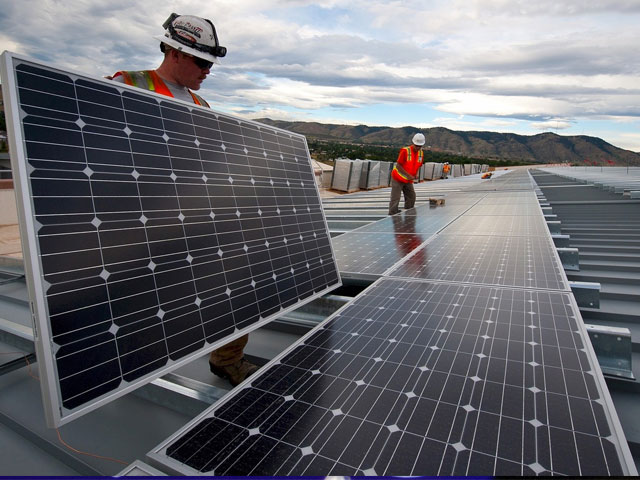
Convince Your Customers Easier By Keeping It Simple and Basic
Solar panels have been around for years, but they’re just starting to enter mainstream consciousness on a broader level of society. This means that most potential customers really have no idea how solar works and it is the solar professional’s job to explain everything to them – that is, if they expect to convert a prospect to a paying customer.
The biggest problem with this is that many solar professionals speak to their customers as if they’re talking with fellow colleagues from the solar industry. This is the wrong approach, because in many cases, the customer remains confused rather than in complete understanding of the ins and outs of solar power, including its benefits. In order to get your customer to understand the benefits of solar and how these systems work, you need to speak to them in simple terms when explaining the basics.
How to Explain Solar in Simple Terms to You Customers
A solar system is not as complex as most people might think. This fact can easily be relayed to the customer by streamlining the descriptions of the individual components and installation process. Here are some examples:
- Solar Panels – One solar panel contains a number of individual solar cells, which are connected together. Over top of the cells is a pane of glass while the back of the panel is made from a durable polymer-based material. This helps keep water, dust, dirt, and other materials from getting inside the panel. Each solar panel is connected to another to form a chain through which the energy collected from the sun flows.
- Mounting – There are two types of mounts – fixed and tracking. Fixed mounts keep the solar panels in place, while tracking mounts physically move the panels to track the sun’s azimuth (direction). Tracking mounts are also available in Dual-Axis versions and these not only track the azimuth, but also the elevation of the sun to allow for optimal energy production.
- Inverter – The inverter is the unit that receives the low-voltage, high current DC signal from the solar panels and converts it to 120VAC so it can be compatible with grid-delivered power. The inverter is typically the first component to fail in solar systems, so the customer should buy the highest quality they can afford. The typical inverter lasts approximately ten years.
- Disconnect – The disconnect switch works just like a main breaker. If you ever need to cut the power to your home, all you have to do is turn the disconnect switch to the “off” position.
- Fuse Panel – The system’s fuse panel is where the energy from the inverter is sent to so it can be branched out to the rest of the home via circuits. This is just like the typical electrical panel, which gets its electric feed from the grid.
- Power Meter – If your customer lives in an area in which their old power meter needs to be replaced by their utility company, you should explain to them why this is the case. The reason is because most solar customers change over to a time-of-use rate structure, and this requires more advanced processing than a mechanical meter is capable of.
Explaining the Solar Panel Installation Process
When explaining the solar panel installation process, let the customer know exactly what to expect through each phase of installation. Let them know that before they can even buy solar for their house, an engineer needs to be sent to inspect the home to make sure it is suitable for solar power.
Once the home is approved, the installation can begin. The installation of the solar panels is generally easy and in most cases, it can be done within a day or two. If the customer has a flat roof, then installation may take longer because the panels will need to be mounted on an angle.
The inverter is next to be installed, or depending on the size of the installation team, it may be installed at the same time as the panels. The inverter is usually installed in the garage or near the home’s existing electrical panel. The last step is to connect the line coming from the inverter to the grid or the customer’s off-grid panel.
Remember, you want to talk about solar installations in simple and clear terms. Doing so will help the customer better understand the process and how everything works. Armed with this knowledge, the customer will wind up being a more qualified solar lead because they’ll be more confident in their purchasing decision.
Start making more
money today!
Search Categories
Tags
Tag Cloud
Latest from Twitter
Contact Us
Call us at 310-540-8900 or fill out the form below and we’ll tell you how you can get high quality leads for free*.
* Get up to 10% free leads on your first order!